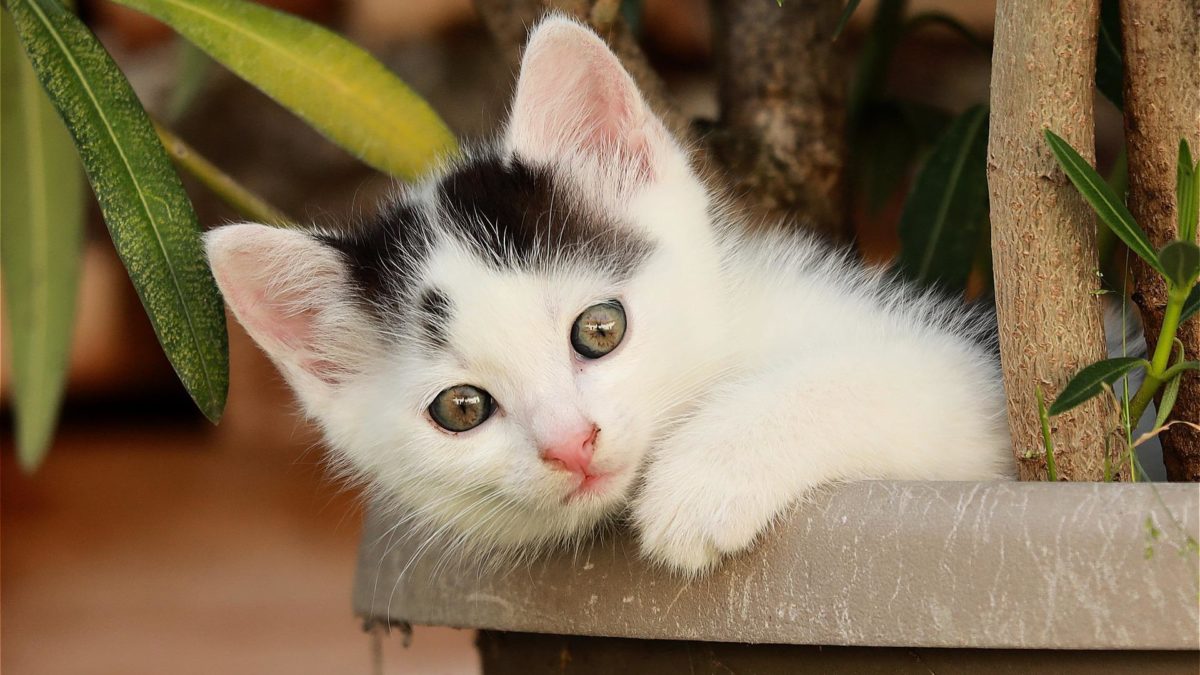If you have cats that love to spend time outdoors, you may be wondering how to keep them from pooping in your house plants. Luckily, there are a few things you can do to deter them from using your plants as a restroom.
How To Keep Cats From Pooping In House Plants
Cats enjoy exploring their surroundings, and house plants are frequently one of the first things they notice. While some cats will nibble on a leaf or two, others will use the plant as a potty. Not only is this unsightly, but it can also be harmful to your feline friend.
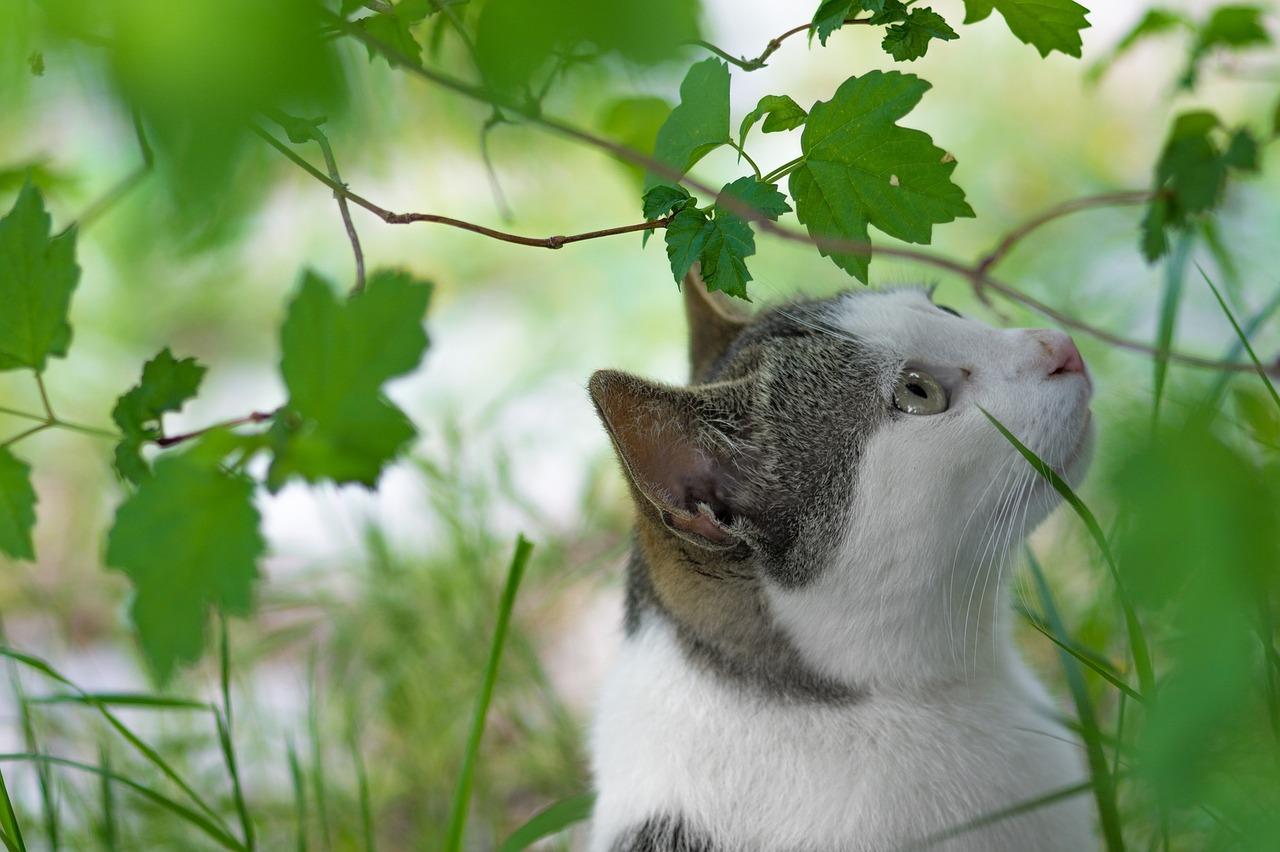
Credit: Pixabay
- You need to understand why your cat is pooping in your house plants. Is it because they’re attracted to the dirt or because they think it’s a litter box? If it’s the litter, then you need to provide your cat with a designated litter box and make sure it’s clean.
- You need to make sure your cat has plenty of other options for places to poop. This means having multiple litter boxes in different locations around your house, as well as providing your cat with plenty of toys and scratching posts.
- You need to be consistent with your training. If you catch your cat pooping in a plant, immediately move them to their litter box or another designated spot. Give them praise and rewards when they use the litter box or designated spot.
- Try to be patient. It may take some time for your cat to learn where they should and shouldn’t be pooping, but eventually, they will get the hang of it.
Following these steps should help to keep your cat from pooping on your house plants. If you’re still having trouble, you may want to consult with a vet or animal behaviorist.
Why Do Cats Poop In House Plants?
There are a few reasons why cats might poop on house plants.
1. Too Close To The Litter Box:
The plant may be too close to the litter box, causing the cat to feel the need to poop right away. If you believe it is due to the plant being too close to the litter box, try moving it to a different location in the house.
2. Comfortable Spot:
Another possibility is that the plant is in an area where the cat feels at ease pooping, such as a sunny spot on the floor. If you believe your cat is pooping in the plants because it is a comfortable place for them, place a litter box there.
3. Like To Dig:
Cats poop in plants because they enjoy digging in the dirt and making their own “deposits.” If you believe your cat is pooping in the plant because they enjoy digging in the dirt, try giving them a plant designed specifically for them to poop in.
So consider avoiding these reasons to keep cats away from pooping on your house plants.
The Top 10 House Plants That Cats Love To Poop In
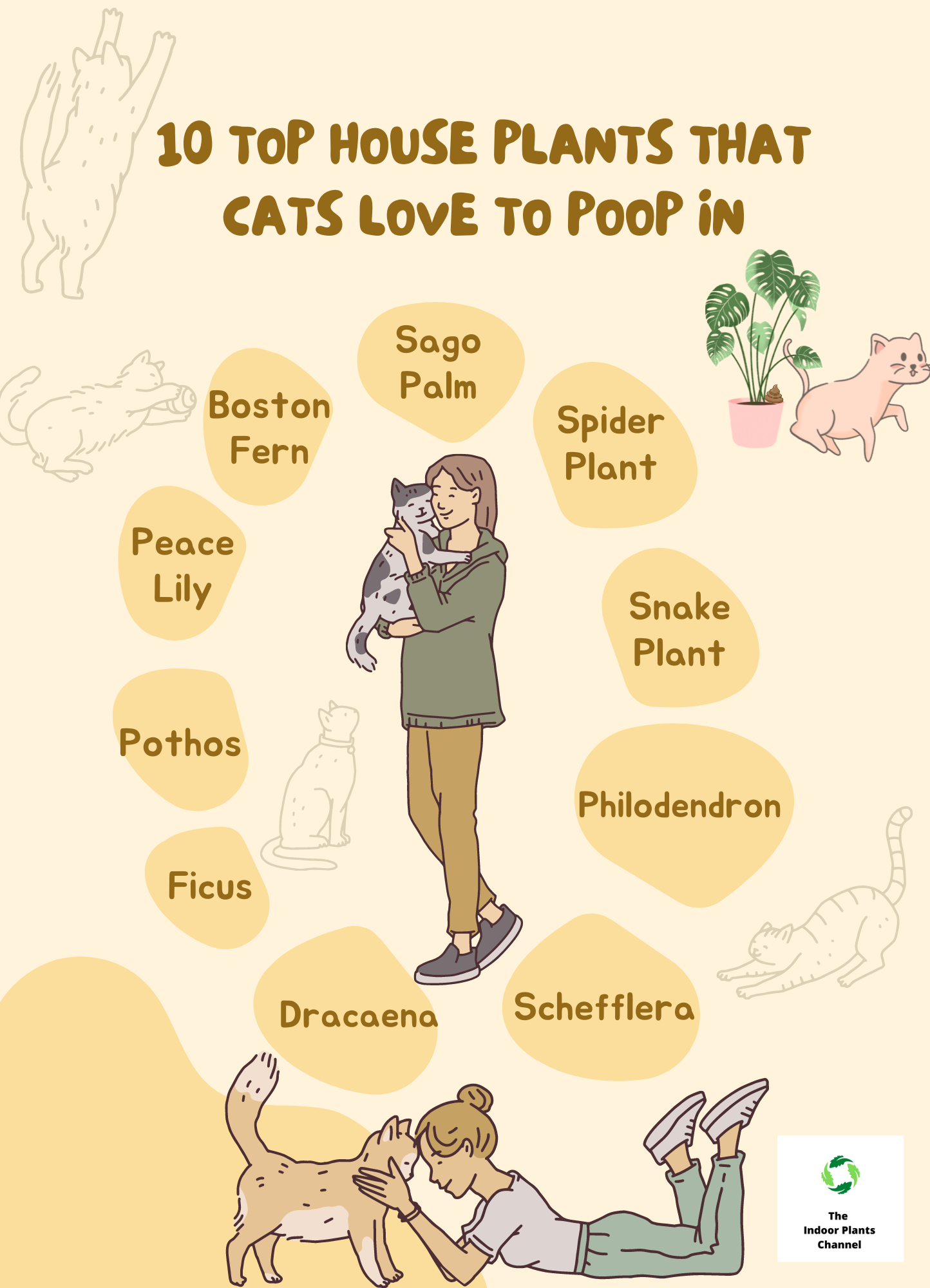
1. Sago Palm
The sago palm is a popular house plant that is also popular with cats. This plant is poisonous to cats, so if you have one in your home, make sure to keep it out of reach.
2. Spider Plant
The spider plant is another common house plant that is often targeted by cats. This plant is not poisonous to cats but can cause stomach upset if ingested.
3. Snake Plant
The snake plant is a popular choice for homes with cats. This plant is also not poisonous to cats but can cause stomach upset if ingested.
4. Philodendron
The Philodendron is a popular house plant that is also a favorite among cats. This plant can also cause stomach upset if ingested.
5. Pothos
The pothos is a popular house plant that is also a favorite among cats. This plant can cause stomach upset if ingested.
6. Dracaena
Dracaena is a popular indoor plant that can cause stomach upset if ingested.
7. Ficus
The ficus is a highly regarded houseplant for homes with cats as it is non-toxic to cats and one of the favorites of cats.
8. Schefflera
Schefflera is a non-toxic plant for cats, but if ingested, it may cause stomach upset in cats.
9. Peace Lily
The peace lily is a common indoor plant. This plant is non-toxic to cats, but it can also cause stomach upset if consumed.
10. Boston Fern
The Boston fern is a popular house plant that also happens to be a cat favorite. This plant is not toxic to cats, but it can cause stomach upset if consumed.
How To Discourage Cats From Pooping In House Plants
If you have a cat that likes to poop on your house plants, this step-by-step guide will show you how to keep them from doing it. While it may take some trial and error, eventually you’ll find a solution that works for you and your feline friend.
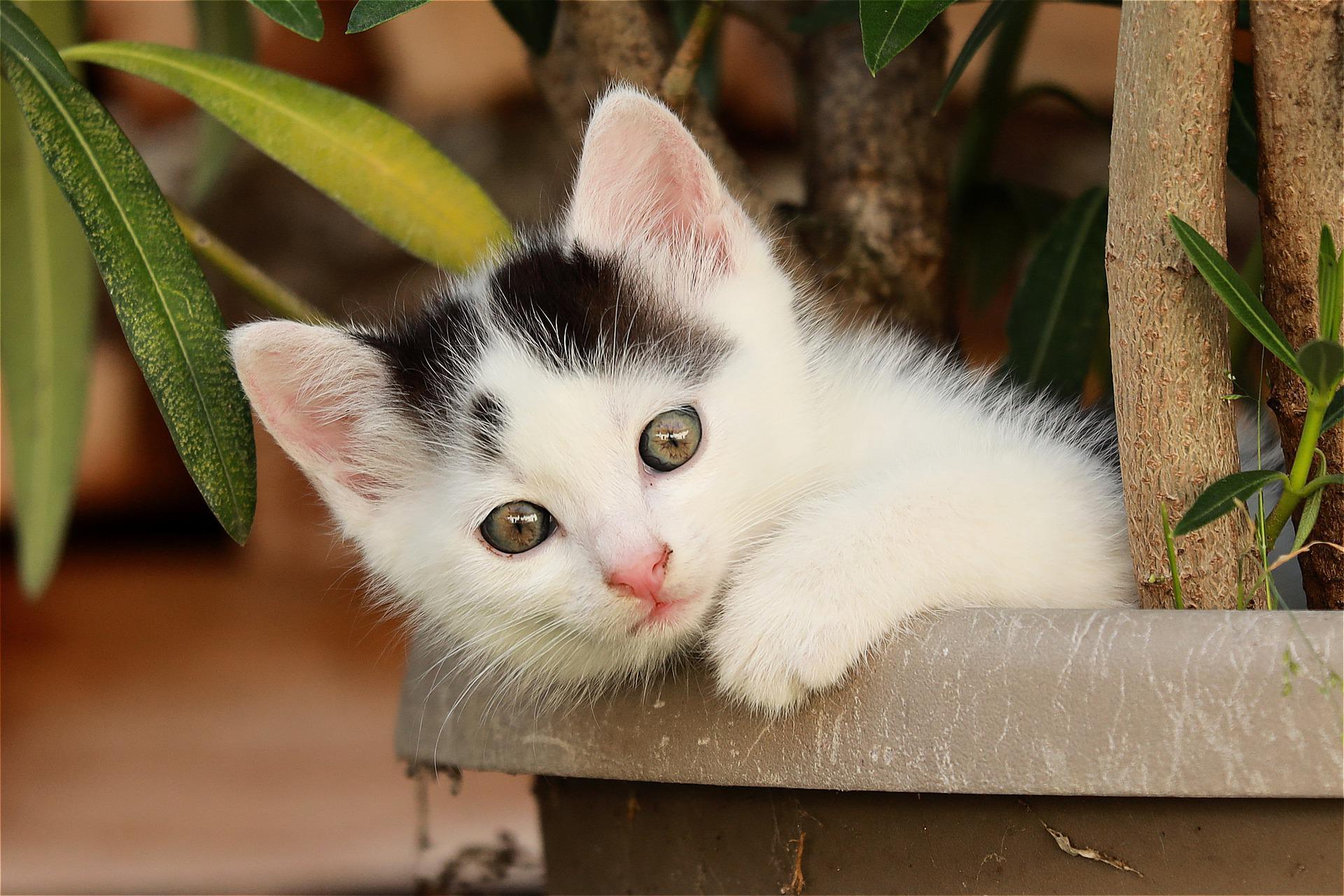
Credit: Pixabay
By following these simple steps, you’ll be able to protect your plants and keep your cat happy.
Place Plants On High Shelves:
Consider placing your plants on shelves or in elevated planters. This will make it more difficult for cats to access them and will help keep your plants clean. You can also try using a plant stand or cover to keep cats out.
Use Double-Sided Tape:
You can also try placing double-sided tape or aluminum foil around the base of the plant. The sticky surface will deter most cats, but some may be persistent and figure out a way to get around it.
Use Lemon Juice:
Spray your plants with a mixture of water and lemon juice. Cats don’t like the smell of lemon, so this can help keep them away. You can also try using commercial repellents designed specifically for cats.
Provide Litter Box:
Remember that it’s important to provide your cats with their own litter box. If they have a place to go that is just for them, they are less likely to use your plants as a bathroom.
By following these tips, you can help keep your cats from pooping in your house plants.
How To Train Your Cat Not To Poop In House Plants
There are a few things you can do to train your cat not to poop in house plants.
- Provide your cat with a litter box and train it to use it instead of the plants.
- You can use positive reinforcement to train your cat not to poop in plants. Whenever your cat uses the litter box, praise it and give it a treat. If it does try to poop in a plant, gently scold it and move it to the litter box.
With patience and persistence, you can train your cat not to poop in house plants.
The Best Houseplants For Cat Owners
If you’re a cat owner, you know that one of the challenges of keeping house plants is that cats like to use them as their personal toilets. While there are a few ways to discourage this behavior (including using a spray bottle or keeping your plants out of reach), the best solution is to choose plants that are unappealing to cats.
Here are some of the best houseplants for cat owners:
1. Oregano
Oregano is another plant that emits a strong smell that cats don’t care for.
2. Cactus
Cacti are another plant that cats seem to avoid. Their sharp needles deter most cats from taking a closer look.
3. Basil
Basil is another plant with a strong smell that cats don’t seem to enjoy.
4. Lavender
Cats are not fans of the strong smell of lavender, so this is a good plant to keep around if you’re trying to deter them.
5. Rosemary
Like lavender, rosemary has a strong smell that cats don’t seem to like.
6. Lemon Balm
This plant has a citrusy smell that cats find unappealing.
7. Peppermint
Peppermint is another plant with a strong smell that cats don’t care for.
8. Thyme
Cats don’t seem to be fond of the smell of thyme, making it a good plant to have if you’re trying to keep them away.
The Worst House Plants For Cat Owners
Cats are attracted to house plants because they offer a place to hide and scratch. Unfortunately, some houseplants can be poisonous to cats if they consume them. If you’re a cat owner, it’s important to be aware of which plants are harmful to your furry friend. Here are some of the worst houseplants for cats:
1. Lilies
All parts of the lily plant are poisonous to cats, and even ingesting a small amount can be deadly.
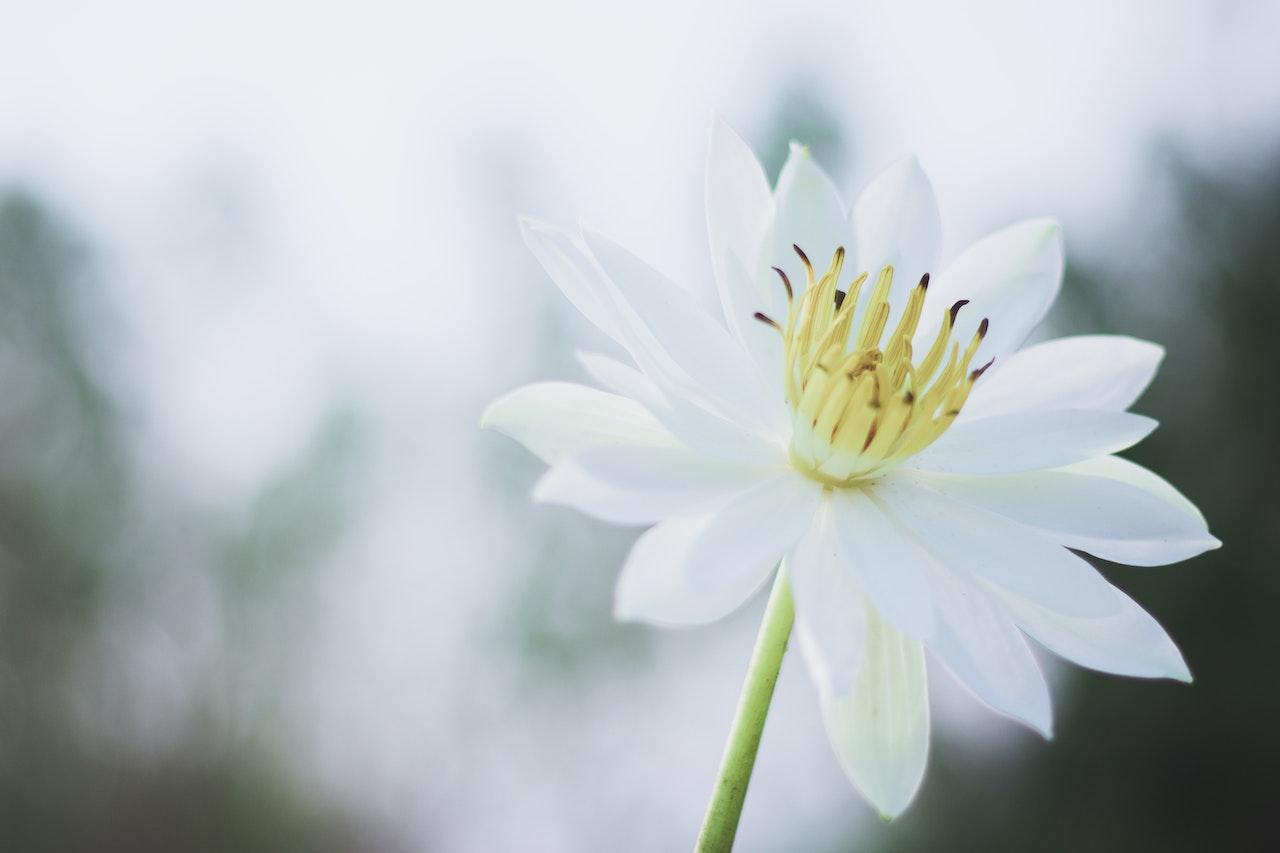
Credit: Pexels
2. Sago Palms
Sago palms contain cycasin, which is poisonous to cats (and dogs). Symptoms of sago palm poisoning include vomiting, diarrhea, liver failure, and death.
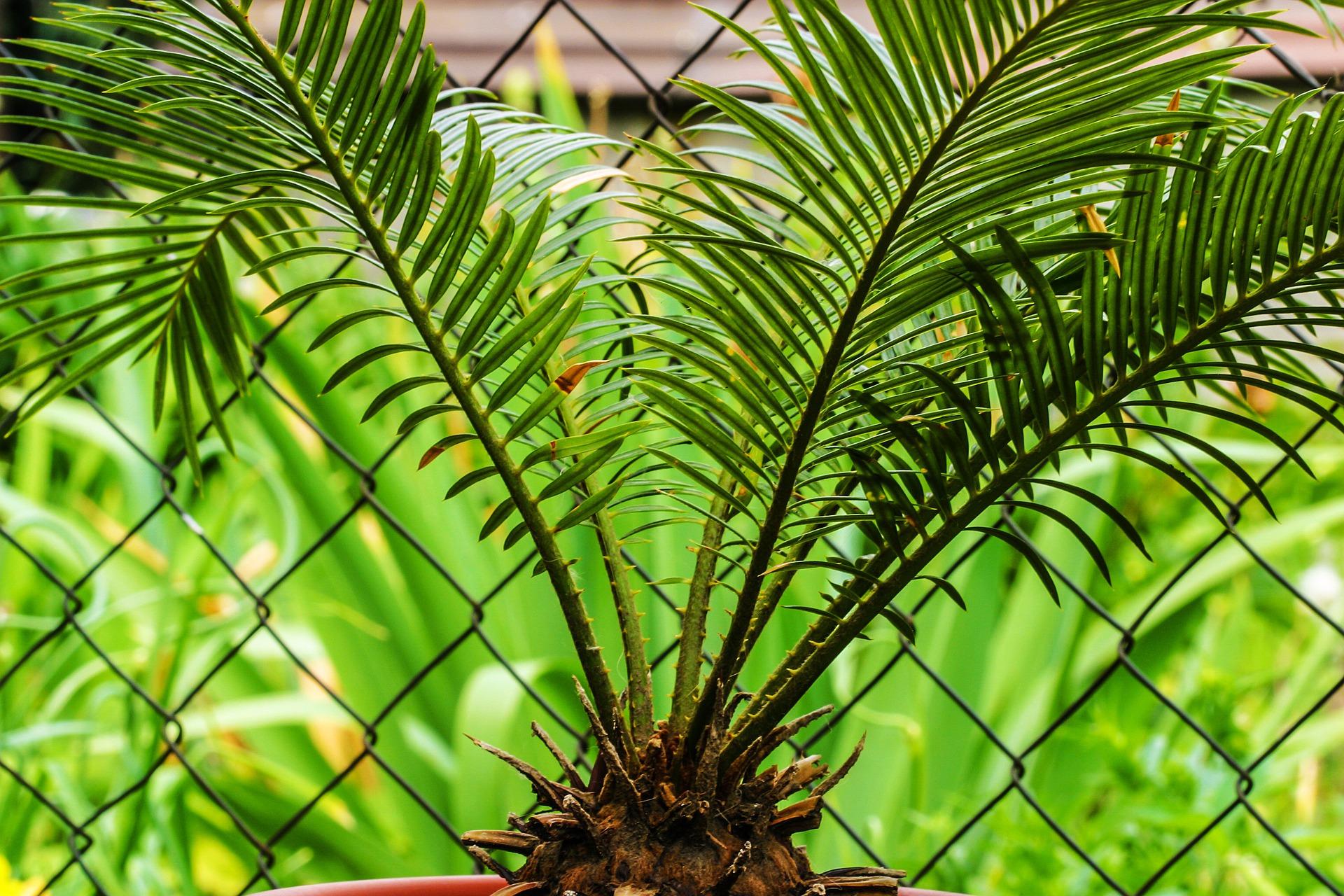
Credit: Pixabay
3. Oleander
Oleander is a beautiful but deadly plant. All parts of the plant are poisonous to cats, and ingesting even a small amount can be fatal. Symptoms of oleander poisoning include vomiting, diarrhea, irregular heartbeat, and death.
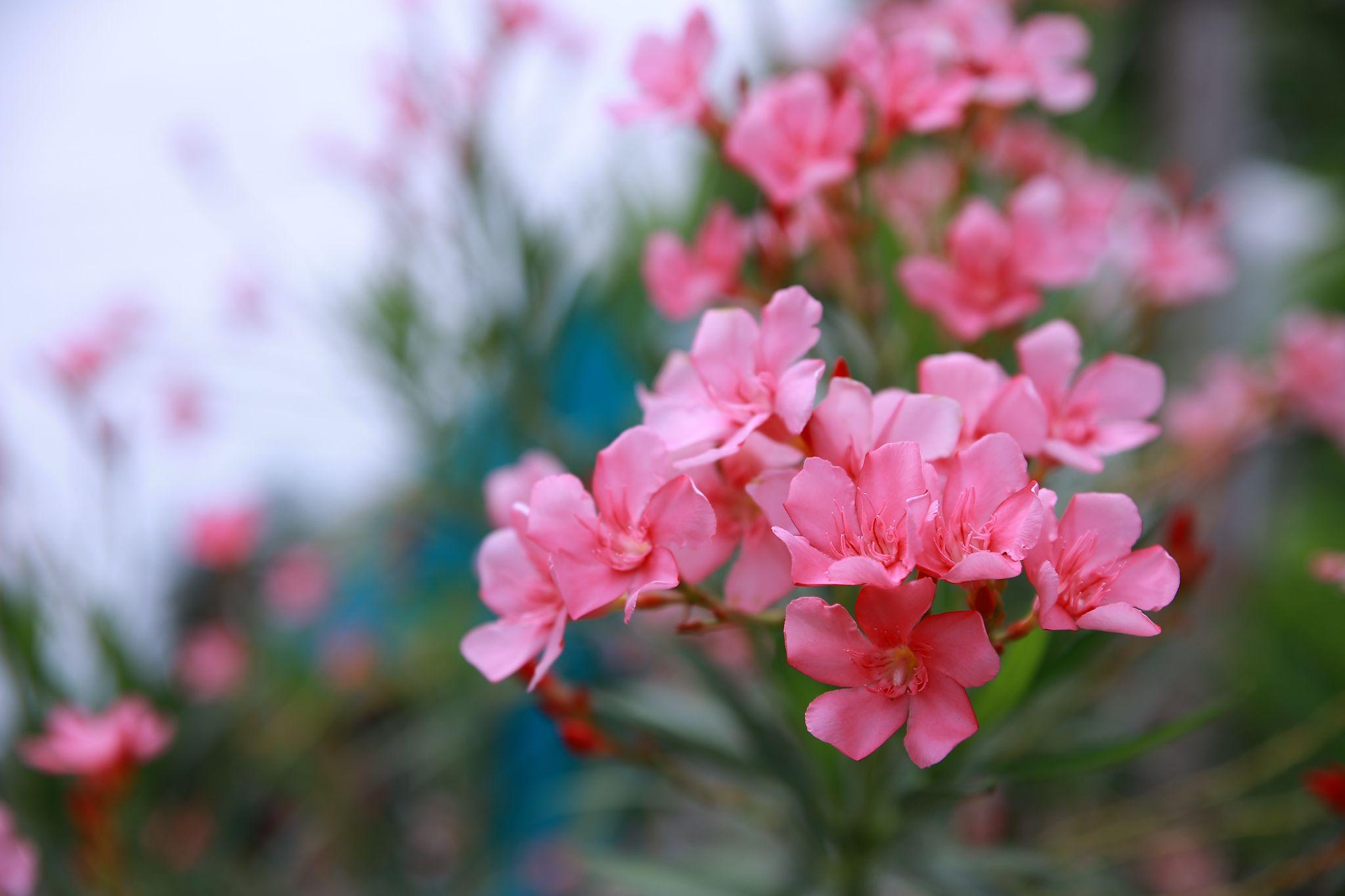
Credit: Pexels
4. Dieffenbachia
Dieffenbachia, also known as dumb cane, is a common house plant that can be poisonous to cats. The plant contains insoluble calcium oxalates, which can cause irritation and swelling of the mouth and throat. In severe cases, dieffenbachia poisoning can lead to difficulty breathing and death.
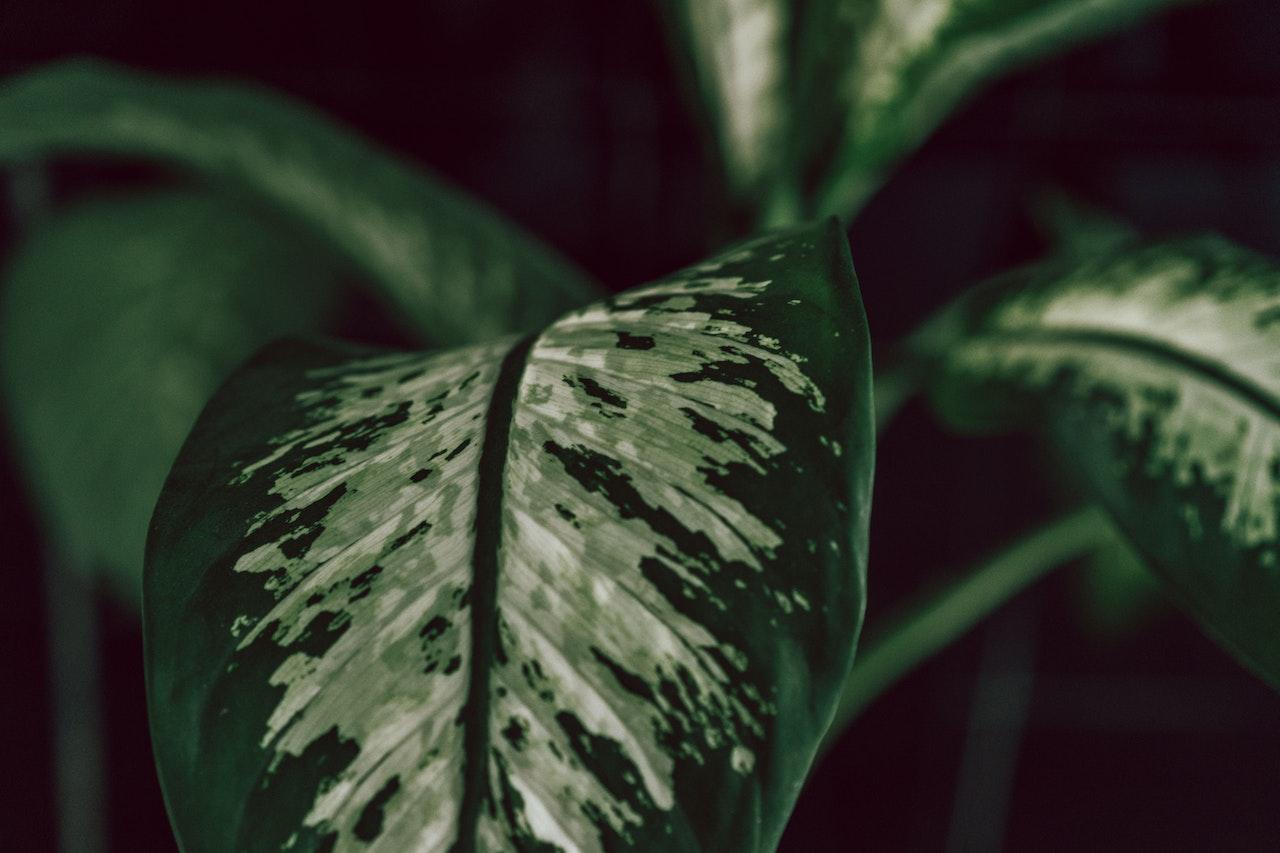
Credit: Pexels
5. Philodendron
Philodendron plants contain insoluble calcium oxalates, which can cause irritation and swelling of the mouth and throat in cats. In severe cases, philodendron poisoning can lead to difficulty breathing and death.
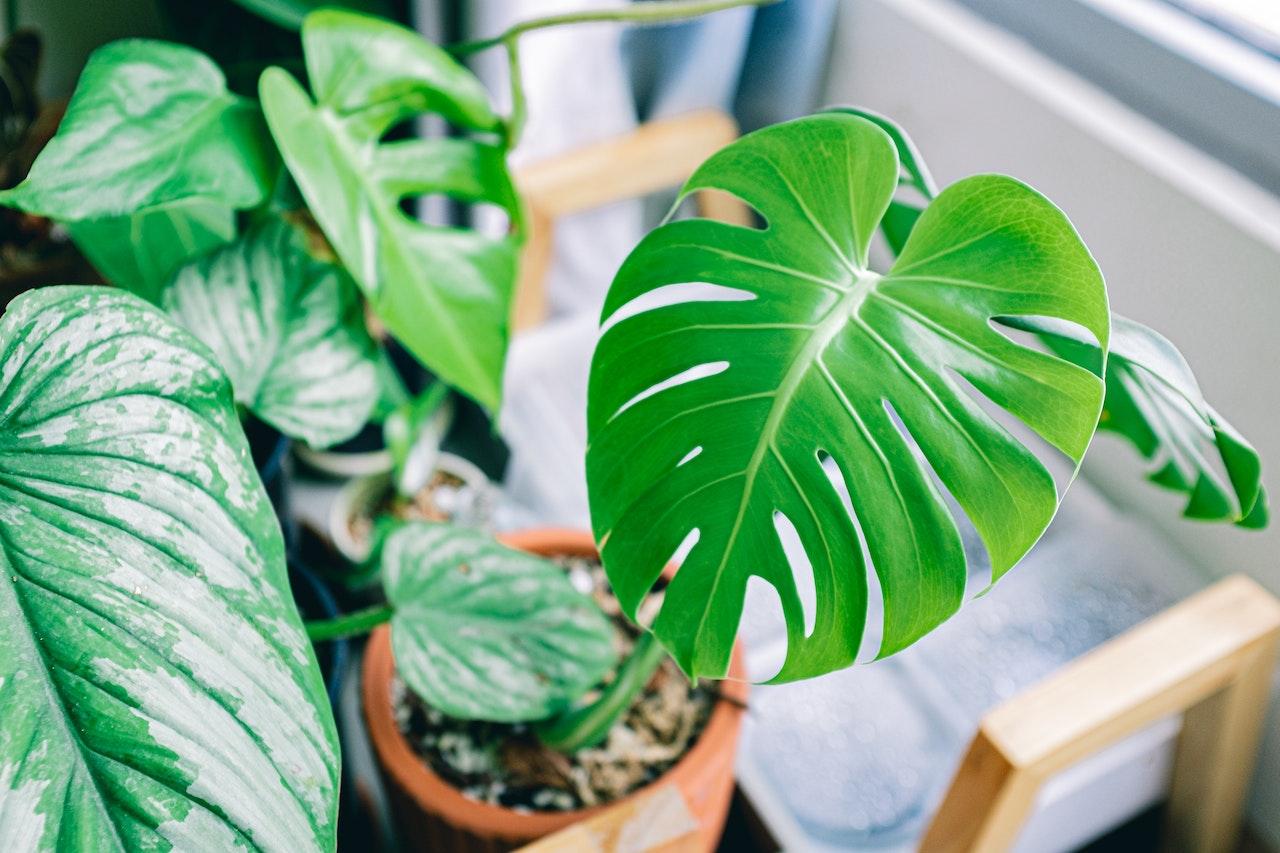
Credit: Pexels
If you have any of these plants in your home, it’s important to keep them out of reach of your cat. If you think your cat has ingested a poisonous plant, contact your veterinarian or the ASPCA Poison Control Center immediately.
How To Keep Your House Plants Safe From Your Cat
Cats love to explore their surroundings, and house plants can be very tempting to them. If you’ve ever found your cat nosing around your plants or, worse, taking a nap in them, you know how important it is to keep your plants safe from your furry friend. Here are some tips on how to do just that:
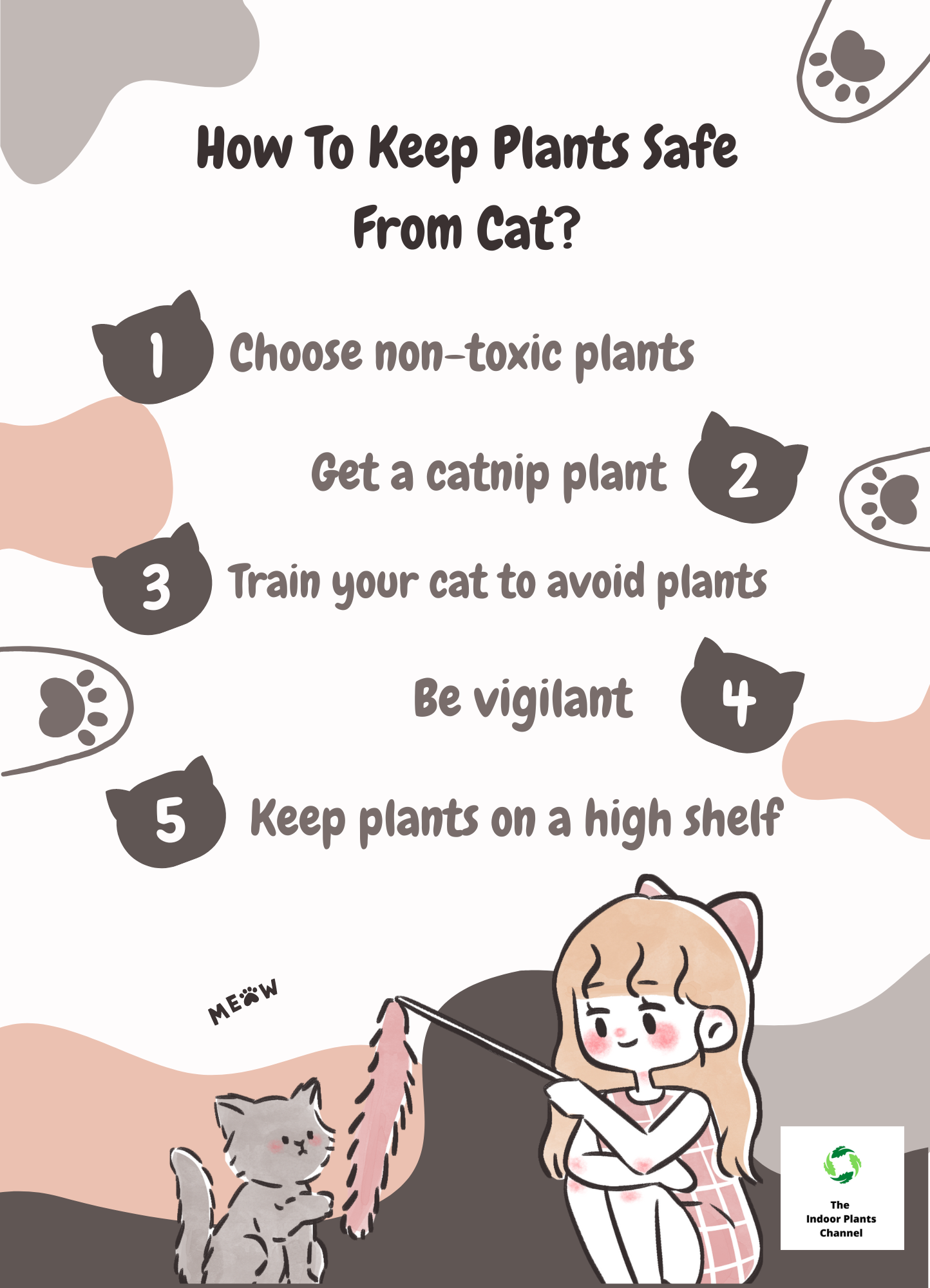
1. Choose plants that are non-toxic to cats
Many house plants are safe for cats, so do your research before you buy. Some safe options are listed above.
2. Keep plants out of reach
One way to keep your plants safe is to make sure they’re out of your cat’s reach. This might mean keeping them on a high shelf or in a room that your cat doesn’t have access to.
3. Train your cat to stay away from plants
If you have a kitten or a young cat, you can train them to stay away from your plants. One way to do this is to put double-sided tape on the leaves of your plants. When your cat tries to touch the plant, they’ll feel the sticky sensation and be deterred.
4. Consider getting a catnip plant
A catnip plant can be a great way to keep your cat away from your other plants. Cats love the herb, so if you have a catnip plant in your home, they’re likely to spend their time there instead of bothering your other plants.
5. Be vigilant
Even if you take all of these precautions, it’s still important to be vigilant about your cat’s interactions with your plants. If you see your cat nosing around a plant, gently redirect them to another activity. With a little patience and effort, you can keep your plants safe from your cat.
How To Keep Your Cat Safe From Your House Plants
Cats are curious creatures and love to explore their surroundings. Unfortunately, this can sometimes lead them into trouble – like getting into your house plants. While most house plants are harmless to cats, there are a few that can be poisonous. So it’s important to be aware of which plants are safe and which ones to keep out of reach.
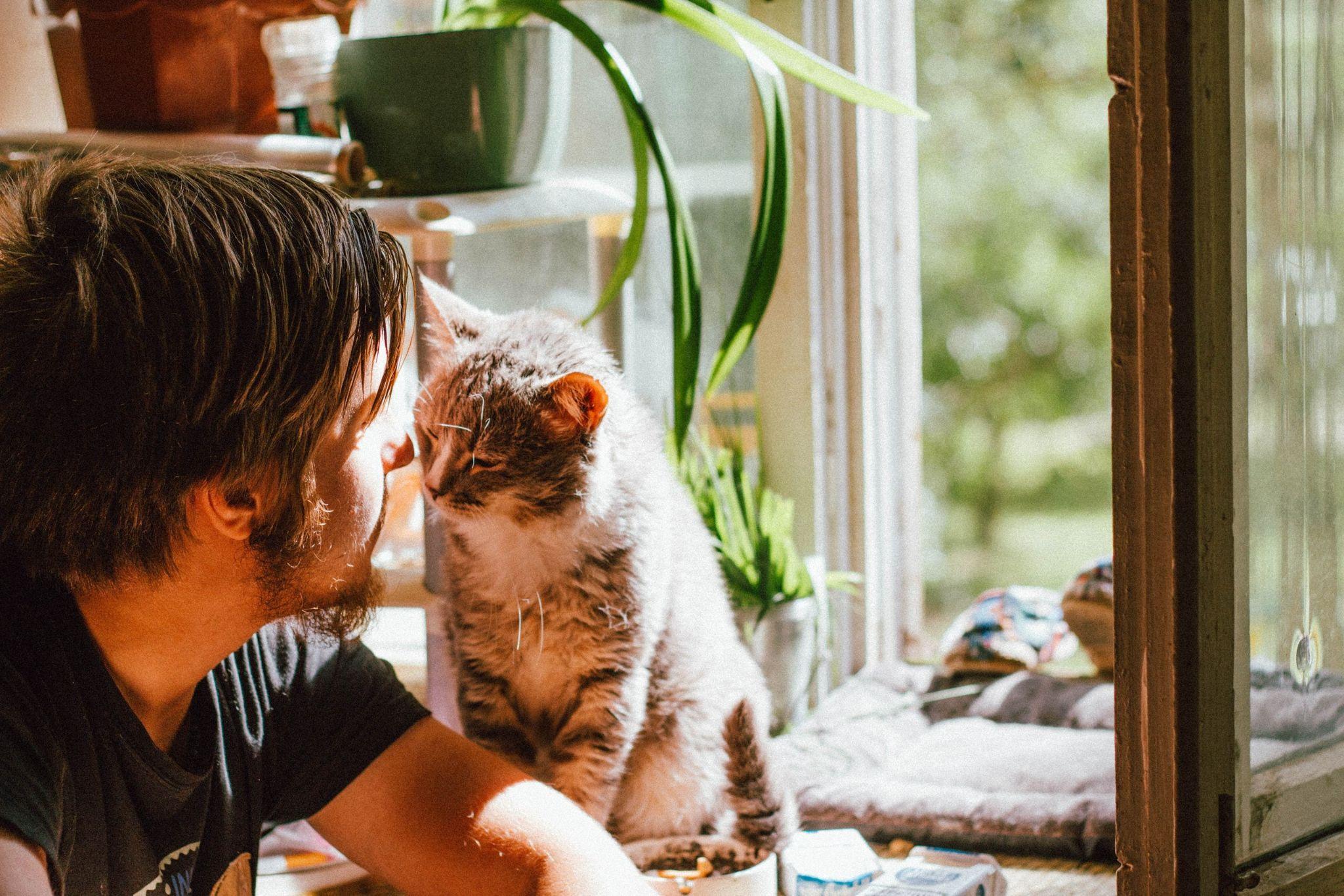
Credit: Pexels
Here are some tips on how to keep your cat safe from your house plants:
1. Keep Poisonous Plants Out Of Reach
Some common poisonous plants include lilies, azaleas, and rhododendrons. If you have these plants in your home, make sure they are out of your cat’s reach – either by keeping them in a room that your cat can’t access or by placing them on a high shelf.
2. Choose Safe Plants
If you’re not sure which plants are safe for cats, ask your veterinarian or do some research online. A good rule of thumb is to choose plants that are non-toxic to humans – since they’re likely to be safe for cats as well. Some safe plants include spider plants, Boston ferns, and peace lilies.
3. Keep An Eye On Your Cat
Even if you only have safe plants in your home, it’s still a good idea to keep an eye on your cat when they’re near them. This way you can make sure they’re not eating or chewing on any of the plants.
4. Train Your Cat
If you have a cat that likes to chew on plants, you may need to train them not to do this. Try using a bitter spray on the plants or placing them in an area where your cat can’t reach them. With patience and consistency, you should be able to train your cat to stay away from the plants.
By following these tips, you can help keep your cat safe from your house plants.
Expert Ideas
- Put the plant in a room that your cat does not have access to.
- Keep the plant well-watered so that the soil does not appeal to your cat.
- Consider using a plant that is not appealing to cats, such as a cactus or lemon balm.
- Use a physical barrier around the plant, such as a wire fence, to keep your cat away.
- Train your cat to stay away from the plant with positive reinforcement.
Bonus Tip
If you have a cat that likes to poop in your house plants, there are a few things you can do to deter them. Try placing aluminum foil or double-sided tape around the base of the plant, as cats don’t like the feel of these materials on their paws.
Frequently Asked Questions
1. What is the best way to keep cats from pooping in house plants?
A: You can also try spraying the plants with a water bottle or placing the double-sided tape on the leaves. Make sure you clean up any poop that does end up in the plants right away, so the cats don’t think it’s okay to keep pooping there.
2. Why do cats like to poop in house plants?
A: Unfortunately, we don’t know why cats like to poop in house plants. It could be that they think the plants are a litter box, or that they just enjoy the soft, dirt-like texture of the potting mix.
3. What kind of plants do cats like to poop in?
A: All kinds! Cats don’t seem to have a preference when it comes to pooping in plants. They’ll do it in potted plants, in garden beds, in hanging baskets… wherever they can find a plant to poop in, they’ll do it!
4. How can I tell if my cat has pooped in my plants?
A: There are a few telltale signs that your cat has pooped in your plants. First, you’ll probably see poop in the pot or on the leaves. Second, the plants may look wilted or unhealthy, and they may have a foul odor.
5. What happens if my cat keeps pooping in my plants?
A: If your cat keeps pooping in your plants, it can damage the plants and make them more susceptible to disease.
Additionally, the poop can attract other pests, like flies and ants. If your cat is pooping in your plants regularly, it’s best to consult with a veterinarian or animal behaviorist to find out why and how to stop it.
Conclusion
If you’re finding that your cats are pooping in your house plants, there are a few things you can do to deter them. By following the simple steps outlined above, you should be able to keep your cats from pooping in your house plants.
Michelle Wilde
Related posts
![]()
About Michelle Wilde
Michelle Wilde is a stay-at-home mom and avid plant lover. Armed with a post-graduate degree in Computer Science (no kidding!), she loves researching plants and landscapes. When she is not caring for her 4 kids, she spends time on her passion for plants. She blogs at www.indoorplantschannel.com, the trusted source for indoor plants.
Learn more
Subscribe
* You will receive the latest posts and updates about indoor plants!
Search
Recent Posts
Categories
- Beginner Guides (10)
- FAQ (206)
- General (2)
- How-To Guides (212)
- Indoor Plants (214)
- Pest Management (2)
- Plant Problem Solutions (4)
- Seasonal Growing (2)
- Specialized Environments (2)
- Specific Plant Care (3)
- Technical Growing (2)
